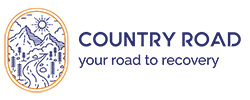Alcoholism can take hold of people from every walk of life. Those with families, jobs and hobbies can all find themselves with a drinking problem. But they can’t get away from their alcohol use and continue to spiral downward. When people hit rock bottom, an IOP can help those struggling get the treatment they need, all while heading home every night.
IOP for Drinking: What Is An IOP?
An IOP, or intensive outpatient program, is one of many treatment options for people struggling with alcohol. An intensive outpatient program for drinking allows people to come home at the end of the night, whereas an inpatient or live-in rehab program requires someone to stay at the treatment facility.
IOP for Drinking: What Does It Include?
An IOP for drinking offers group therapy, counseling and other programs for those dealing with alcoholism. They are called intensive because they require a certain number of hours a week, typically between 9 and 20 hours. They include hours of group therapy, working on a 12-step program and individual counseling plans. Some offer classes as well. Most require people to visit a facility several times a week for help.
IOP for Drinking: What Are The Benefits?
Many people struggling with an alcohol use disorder have commitments that prevent live-in care, such as work or family responsibilities. That is where an IOP for drinking comes in – people get the treatment needed but can live at home.
IOP for Drinking: Who Are Candidates For A Program?
People who struggle with alcohol but have a safe home life are typically good candidates for an IOP program. They have family and friends ready to support their recovery effort. Those with severe addictions or other conditions are not great IOP candidates as they need constant care.
IOP for Drinking: How Much Does It Cost?
An intensive outpatient program for drinking is often more affordable than people think. Many insurance programs will help cover the cost of treatment. Contact our admissions team to verify your insurance is accepted. An IOP can help on the road to recovery while allowing people to live their day-to-day life.


